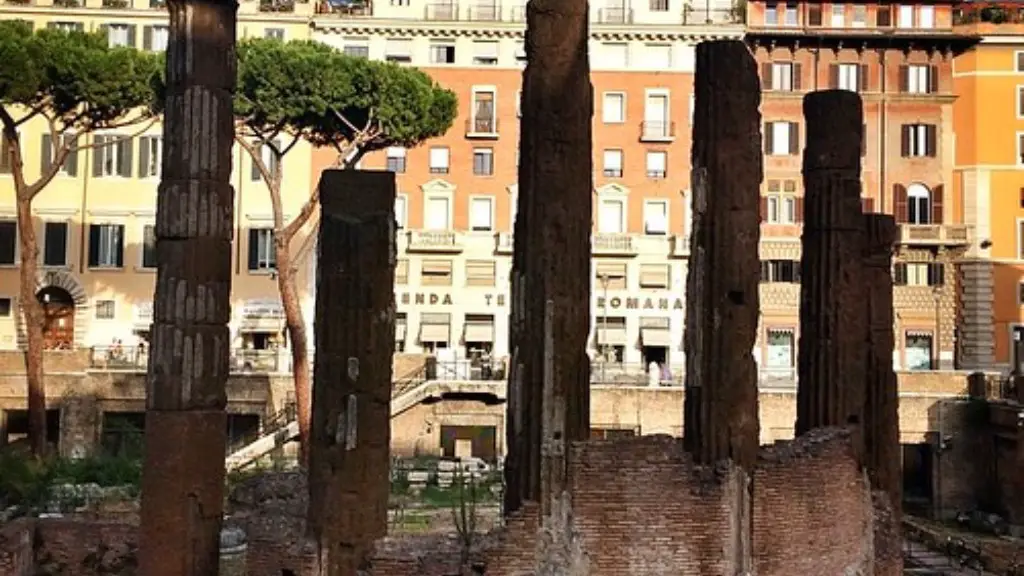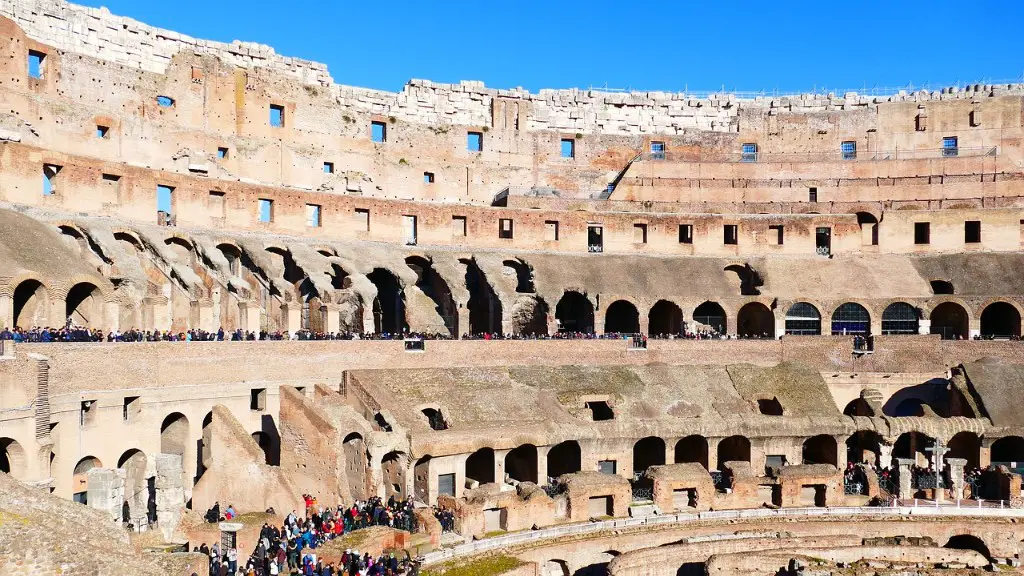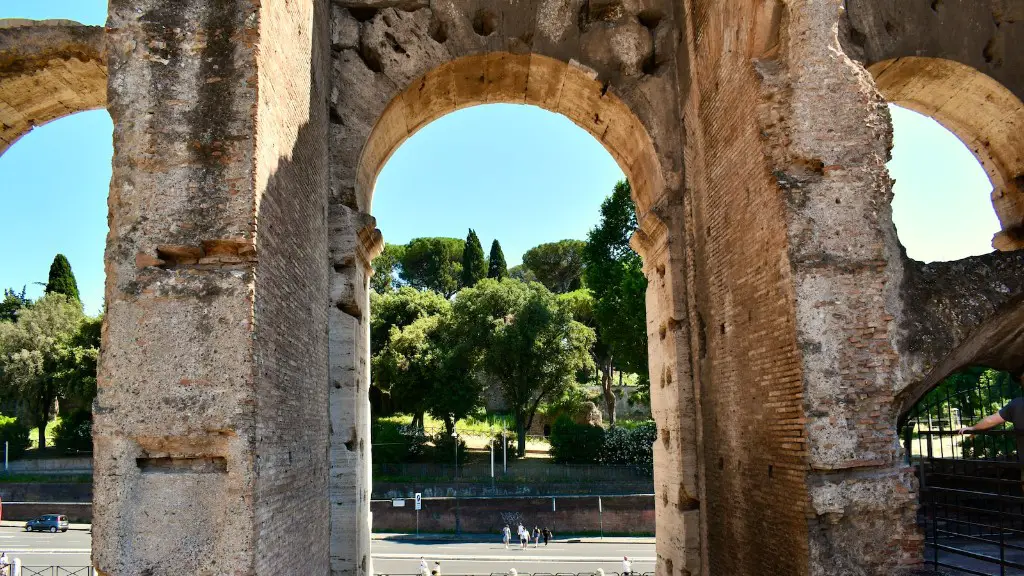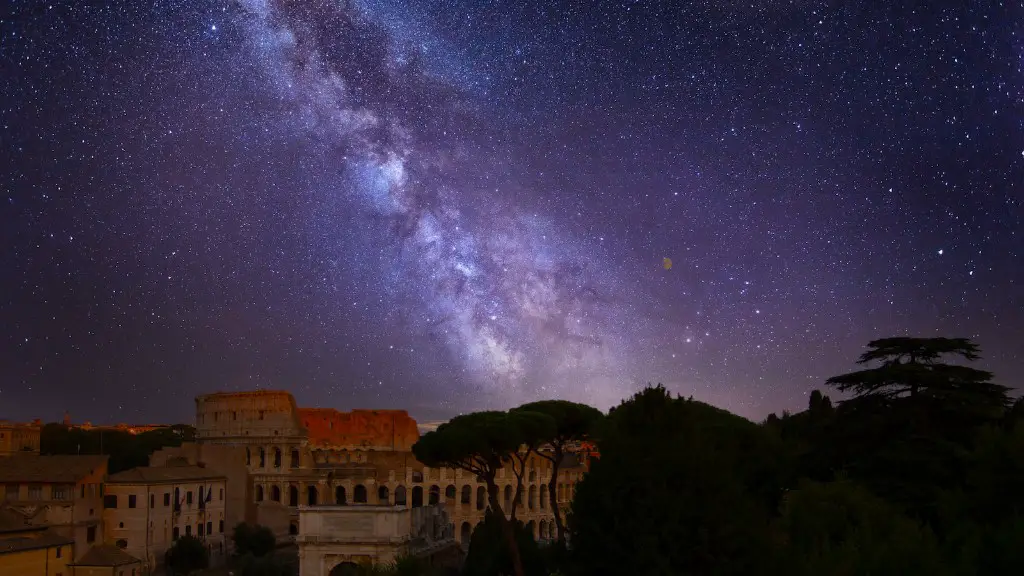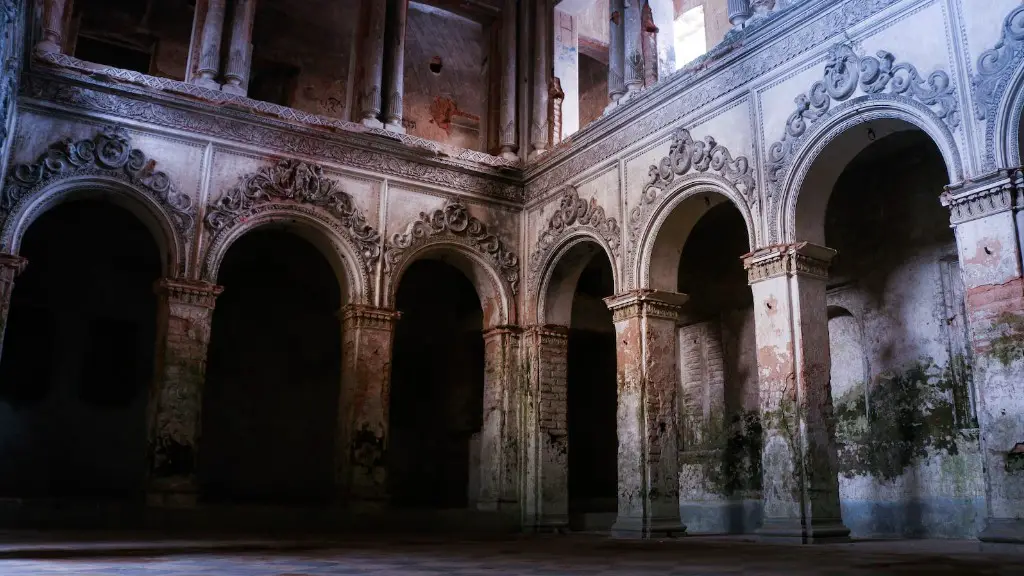The Colosseum of ancient Rome was an iconic symbol of the magnificent city and a major centre of entertainment and political activity for its citizens.
It was built around 70 A.D. on the former site of Nero’s Golden Palace, and throughout its 300-year history, it played host to everything from gladiatorial battles and public executions to animal hunts and re-enactments of famous battles.
The Colosseum was built as a way to solidify Rome’s dominance in Italy and the Mediterranean region, and it was also a crucial part of Roman culture and daily life. It was a popular place for celebration, with citizens flocking to watch the events, which could range from executions to athletic competitions.
The most well-known use of the Colosseum was undoubtedly the bloody gladiatorial games. Gladiators were trained fighters, typically slaves or condemned criminals, who fought for sport and entertainment. These fights did not have a set time limit and often went on for hours, with the combatants fighting with blades, swords, or even sticks and daggers.
The Colosseum was also the site for a variety of other events, such as battle re-enactments, performances by charioteers, and wild animal hunts. It was also used as a form of propaganda, with Emperor Titus using it to showcase his military might and wealth.
Today, the Colosseum stands as a reminder of Rome’s grandeur and power. The structure has suffered significant damage over the centuries and is in need of extensive restoration and conservation, but it still serves as a reminder of the city’s golden age.
Impact of the Colosseum
The Colosseum played an important role in the lives of the Roman citizens, both as a source of entertainment and as a symbol of their power and prestige. It was a magnificent structure, and its construction marked a major moment in Roman history.
It helped solidify the power of the ruling class, with the emperor using it as a way to display his wealth and authority. It also showcased the grandeur of Rome to its citizens and others, as well as demonstrating its military might.
The Colosseum was also a crucial part of Roman culture, with many of its citizens flocking to the arena to witness the spectacle. Spectators were treated to a wide range of events, from executions and animal hunts, to battle re-enactments and athletic competitions.
But while it provided entertainment and spectacle, it was also highly controversial. The gladiatorial games have often been criticized for their brutality and the suffering that it inflicted on its participants. Likewise, the spectacles involving wild animals and slaves often sparked outrage from those opposed to such practices.
Despite these criticisms, the Colosseum still stands as a monument to one of the most powerful empires in human history. Its architecture and cultural significance, as well as its impact on the people of Rome, have ensured its place as one of the most iconic structures in the world.
Colosseum’s architecture and engineering
The Colosseum was an engineering marvel during its time and remains impressive even today. It was constructed on a vast site of 1.5 hectares and is 48 metres high, 188 metres long, and 156 metres wide. It consists of five storeys and was built with arches, columns, and bricks, with marble facing and a series of vaults. It features something called a velarium, which was essentially a large canvas awning that could cover the Colosseum to protect spectators from the sun.
The Colosseum was designed to let in natural light, and its construction was so precise that it could be filled with water to stage naval battles. Its seating system was designed with the upper classes in mind, with the first and second storeys reserved for wealthy citizens, while the lower storeys were for the general public.
Due to its engineering and ingenuity, the Colosseum has had a lasting impact on the world of architecture, with modern structures taking inspiration from its design. Even today, it remains an impressive feat of engineering and one of the most iconic attractions in Italy.
Restoration and Preservation
The Colosseum has seen significant damage over the centuries, and the structure is in need of urgent restoration and conservation. In 2016, the Colosseum was included on the World Monuments Fund’s Watch List of 100 Most Endangered Sites, highlighting its critical need for preservation.
Since then, funding has been raised to support its restoration, and the structure has been undergoing important preservation and conservation works. High-tech restoration techniques such as laser cleaning have been used on the stone and concrete surfaces of the Colosseum.
These works are crucial to ensuring the long-term preservation of the Colosseum and its cultural value to the people of Rome. Despite the damage and wear and tear, the structure remains one of the most iconic and visited attractions in the city.
Ticketing and Tourism
The Colosseum has become an international symbol of Rome and is a popular tourist attraction. The iconic structure draws millions of tourists every year, with an estimated 6 million visitors in 2019 alone.
The Colosseum is a highly sought-after attraction, and tickets for the structure can be difficult to come by. Tickets can be purchased online, in person, or through third-party vendors. Prices vary depending on the time of year, with child tickets costing a reduced amount.
Visitors can choose from a variety of tours depending on their needs, from guided tours to special events. One of the most popular tours is the Colosseum Underground Tour, which allows visitors to explore the hidden secrets underneath the structure.
The Colosseum is one of the most iconic attractions in Rome and a must-see for anyone visiting the city. Despite its long and storied history, the structure is still impressive and well worth a visit.
Intervention in modern society
The Colosseum has become a powerful symbol of Rome and has had an enduring cultural impact on the city and its people. It has become a focal point for those seeking to represent Roman identity, with the slogan “SPQR” still commonly seen in the city.
From films to art, the Colosseum has been an important part of Rome’s modern identity. It featured prominently in Ridley Scott’s 2000 epic “Gladiator” and has been used as a backdrop in a variety of other films.
The Colosseum has also been featured in a variety of artworks and literature, with poets and writers often using it as a symbol of the power of Rome and its influence on the world.
While the Colosseum may represent something of the past, its impact on the modern world cannot be underestimated. From its iconic architecture to its enduring cultural importance, it still stands as a powerful symbol of Rome and its grandeur.
Conclusion
For centuries, the Colosseum of ancient Rome was a significant structure of power, entertainment and politics in the city. Hosting everything from gladiatorial battles to animal hunts, it was a place of spectacle and controversy. Despite the centuries of damage and wear and tear, the Colosseum still stands tall and remains one of the most iconic attractions in Italy. Today, the structure is being restored and preserved, and its influence is still felt in modern society.
